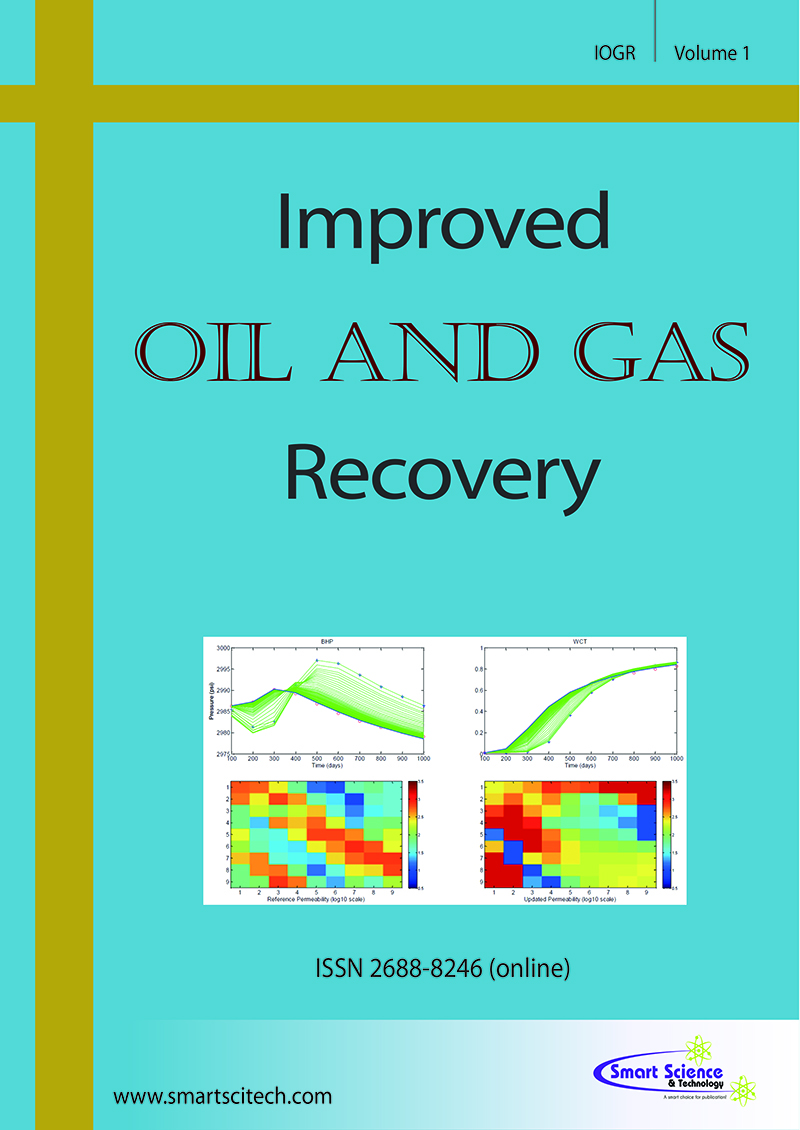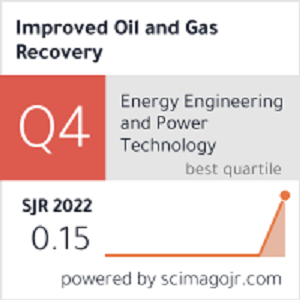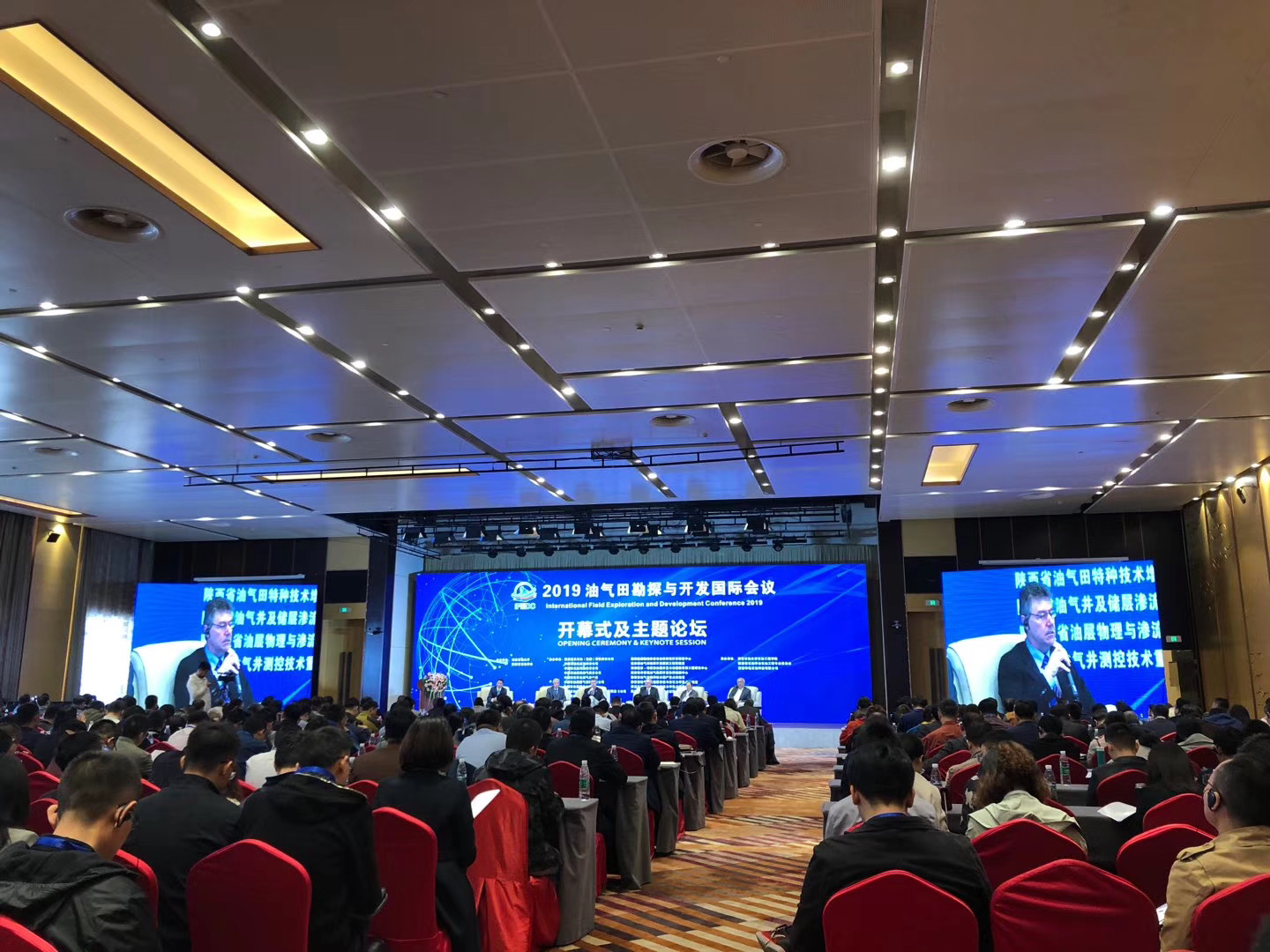Water Block Damage and Its Solutions for Tight Gas Reservoirs in Dabei-Keshen Area
DOI: 10.14800/IOGR.444
Abstract
Water block damage may arise in tight gas reservoirs in Dabei-Keshen area since the reservoir is associated with low porosity, low permeability and strong capillary forces, resulting in worthless industrial exploitation. In order to investigate the mechanism of water block and put forward corresponding measures, water block index (WBI) is developed to appraise the damage degree of water block and thermo-stable surfactant systems are optimized to clean up water block through interfacial tension tests, wettability tests and spontaneous imbibition. The result of WBI for core samples from the targeted zone is 70%, belonging to the type of strong water block. Sensitivity analysis shows that matrix permeability and displacement pressure are in positive correlation with WBI, while water saturation, content of clays, fluid viscosity and interfacial tension are in negative correlation with WBI. Thermo-stable surfactant systems JY-2(0.05FS-31+15%methanol) and JY-3(0.5%HSC-25+15%methanol) are preferentially optimized. And JY-3 works best to reduce WBI from 66.2% to 30.4%. Surfactant in composite system contributes to reducing interfacial tension and altering wettability ethanol is benefit for reducing water saturation through accelerating evaporation in a short time. This synergy promotes the clean-up process of water blocks. Based on the study of mechanism of water blocks and experimental data, we are able to provide reference for economic and efficient development of gas fields.
Downloads
Published
How to Cite
Issue
Section
License
Copyright (c) 2019 Yun Jiang, Yang Shi, Liang Zhao, Xianyou Yang, Yue Li, Yue Yu, Ying Gao, Meng Wang

This work is licensed under a Creative Commons Attribution 4.0 International License.












